Ultimate Guide to Coffee Grinders
If you're a coffee lover who craves the best possible cup of joe, then investing in a high-quality coffee grinder is an absolute must. Whether you're a seasoned connoisseur or just starting on your coffee journey, finding the right grinder can significantly impact the taste and aroma of your coffee. But with so many options available on the market, navigating through the world of coffee grinders can be overwhelming.
Table of Contents
► Electric vs. Manual Grinders
► Manual Coffee Grinders: Pros and Cons
► Electric Coffee Grinders: Pros and Cons
► Factors to Consider When Buying a Coffee Grinder
► Stepped vs. Stepless Coffee Grinders
Worry not, for this comprehensive guide is here to demystify the art of coffee grinding and empower you to make an informed decision. From blade grinders to burr grinders, electric and manual options, we'll explore the features, advantages, and limitations of each type. We'll dive into the intricacies of grind consistency, size adjustability, and explore the battle of stepped vs. stepless grinders. Whether you're seeking a grinder for your home, office, or on-the-go adventures, we'll cover it all.

Brewing the perfect cup of coffee is an art, and the right grinder is your brush. Join us on this journey as we unlock the secrets of choosing the perfect coffee grinder that will elevate your coffee experience to new heights. With our expert insights and comprehensive analysis, you'll be well-equipped to find the ideal grinder that suits your taste preferences, lifestyle, and budget. So, let's grind our way to coffee bliss!
Electric vs. Manual Coffee Grinders
When it comes to coffee grinders, one of the key decisions to make is whether to go for an electric or a manual grinder.
Each type has its own set of advantages and considerations, catering to different preferences and lifestyles. Let's delve into the pros and cons of each to help you make an informed choice for your coffee ritual.
Electric Grinders: Effortless Precision
Pros:
- Convenience: Electric grinders are quick and effortless, making them ideal for busy mornings when you crave a cup of freshly ground coffee without much effort.
- Consistency: These grinders offer more consistent grind sizes, which is crucial for optimal coffee extraction and a well-balanced cup.
- Time-Saving: With automated grinding, you can multitask while the machine works its magic, saving you precious minutes in your daily routine.
- Wide Range of Settings: Many electric grinders come with a variety of grind size options, allowing you to customize your coffee grounds to suit different brewing methods.
Cons:
- Noise: Electric grinders can be quite noisy during operation, which may not be ideal for early risers or shared living spaces.
- Bulky and Less Portable: The larger size and reliance on electricity can make them less portable, limiting usage during travel or camping trips.
- Price: Quality electric grinders with advanced features can be more expensive than manual alternatives, making them a significant investment.
Manual Grinders: Hands-on Coffee Experience
Pros:
- Control and Precision: Manual grinders offer hands-on control over the grind size, allowing you to adjust settings precisely to match your brewing preferences.
- Quiet Operation: Since they don't rely on electricity, manual grinders operate silently, making them suitable for early mornings or quiet environments.
- Portable and Travel-Friendly: Their compact size and lack of power requirements make them perfect companions for travelers and outdoor enthusiasts.
- Affordability: Manual grinders are generally more budget-friendly, making them an excellent option for those seeking a cost-effective solution.
Cons:
- Physical Effort: Grinding coffee manually requires some effort and may not be ideal for those with mobility issues or limited time in the mornings.
- Less Consistent Grind: Achieving a perfectly consistent grind size with manual grinders can be challenging, affecting the overall coffee extraction.
- Time-Consuming: Compared to electric grinders, manual grinding can take longer, making it less convenient for those with busy schedules.
Ultimately, the choice between electric and manual grinders depends on your personal preferences, lifestyle, and coffee rituals. If convenience and consistency are paramount, an electric grinder may be the way to go.
On the other hand, if you cherish the hands-on experience, value portability, and appreciate a quieter coffee ritual, a manual grinder may be your perfect match. Consider your needs and priorities to find the grinder that complements your coffee journey best.
Should You Buy a Manual Grinder?
Manual coffee grinders are a popular choice among coffee enthusiasts who enjoy the hands-on process of grinding their beans. They provide a tactile and engaging experience that allows users to have complete control over the grind size and connect with their coffee-making routine. Additionally, manual grinders are highly portable and compact, making them perfect for travel, camping, or situations where access to electricity is limited. Their lightweight design ensures they take up minimal space in your kitchen or bag, allowing you to enjoy freshly ground coffee wherever your adventures take you.
However, it's important to note that manual grinders may not deliver the same level of grind consistency as their electric counterparts, especially high-end burr grinders. Achieving a consistently uniform grind can require more effort and practice, as manual grinders tend to produce slightly variable grind sizes. Despite this limitation, many coffee enthusiasts appreciate the charm, simplicity, and versatility of manual grinders. They find joy in the hands-on process and value the ability to enjoy freshly ground coffee on the go.
In summary, manual coffee grinders offer a unique and engaging experience for coffee lovers. They are compact, lightweight, and portable, making them ideal for travel or camping. While they may not provide the same level of grind consistency as electric grinders, their charm and versatility make them a favourite among those who appreciate the process of hand-grinding and the ability to enjoy freshly ground coffee wherever they roam.
| PROS | CONS |
|
|
|
Should you buy an Electric Coffee Grinder?
Electric coffee grinders are a popular choice for coffee enthusiasts seeking convenience and efficiency in their daily coffee routine. These grinders offer a hassle-free way to achieve a consistent grind size with just the push of a button. With various grind size settings, electric grinders cater to different brewing methods, ensuring you get the perfect grounds for your preferred coffee style.
The main advantage of electric grinders lies in their speed and consistency. In a matter of seconds, you can have a precise grind that enhances the flavour and aroma of your coffee. Unlike manual grinders, electric versions require minimal physical effort, making them a time-saving solution for busy mornings or when serving multiple cups.
Many electric grinders come equipped with additional features, such as timers and dosing controls, allowing you to fine-tune your coffee-making process further. The integration of technology enhances the grinding experience, ensuring you get the best possible results every time.
However, it's essential to consider the noise level and size of electric grinders. While they provide efficiency and precision, some models can be relatively loud during operation. Additionally, their larger size may take up more space in your kitchen, which could be a consideration for those with limited countertop space.
Overall, electric coffee grinders offer a convenient and reliable way to enjoy freshly ground coffee with minimal effort. Their precision, speed, and versatility make them a go-to choice for coffee enthusiasts seeking a hassle-free brewing experience that delivers exceptional results.
| PROS | CONS |
|
|
|
Blade Grinders vs. Burr Grinders
The key difference between blade and burr grinders lies in the way they process coffee beans. Blade grinders rely on a spinning blade to chop the beans into grounds. While they are affordable and convenient, blade grinders often produce inconsistent grind sizes, leading to uneven extraction and flavour.
On the other hand, burr grinders crush the beans between two burrs, resulting in a more precise and consistent grind size. This allows for better control over the coarseness of the grind, ensuring optimal extraction and flavour.
Burr grinders are favoured by coffee enthusiasts for their ability to produce uniform grounds and deliver a superior cup of coffee.
Blade Grinders: Blade grinders use rotating blades to chop coffee beans into grounds. While they are affordable and convenient, they often produce inconsistent grind sizes, leading to uneven extraction and flavour. Blade grinders are suitable for beginners or those with a limited budget.
Burr Grinders: Burr grinders crush coffee beans between two burrs, resulting in a more precise and consistent grind size. They offer greater control over the coarseness of the grind and produce more flavourful coffee. Burr grinders are further categorized into manual burr grinders and electric burr grinders.
Personally, I much prefer burr grinders and I find them to be more consistent and have a longer lifespan. Don't get me wrong, there are some great blade grinders out there, but my top 3 favourite home coffee grinders have all had conical burrs.
Still can't decide which type of coffee grinder is best for you? Take a look at some of the most frequently asked questions:
The main difference between burr and blade grinders lies in their grinding mechanisms. Burr grinders use two abrasive surfaces called burrs to crush coffee beans into consistent grounds, offering precise control over the grind size. Blade grinders, on the other hand, rely on a spinning blade to chop the beans, resulting in less uniform grounds and a lack of control over grind size.
Burr grinders are known for their ability to deliver a consistent grind size. The two burrs can be adjusted to achieve the desired coarseness, allowing for more precise control depending on the brewing method. This consistency is crucial for extracting flavors evenly and producing a high-quality cup of coffee. Blade grinders, on the other hand, tend to produce uneven grind sizes, leading to variations in extraction and potentially impacting the taste of the coffee.
The grind consistency plays a vital role in the coffee brewing process. Different brewing methods, such as espresso or French press, require specific grind sizes to achieve optimal extraction. Burr grinders allow users to select the ideal grind size for their preferred brewing method, ensuring proper extraction and balanced flavors. In contrast, blade grinders often result in a mix of fine and coarse grounds, which can lead to over-extraction or under-extraction, negatively impacting the overall taste and quality of the brewed coffee.
Factors to Consider when Buying a Coffee Grinder
Choosing the right coffee grinder is an important step in achieving a flavourful cup of coffee. When exploring different grinder options, there are several factors to consider.
Grinding consistency, grind size adjustability, price range, brewing method compatibility, grinder capacity, and size and design all play a role in finding the perfect grinder for your needs. Understanding these factors will help you make an informed decision and enjoy a delicious cup of coffee customized to your preferences.
Grind Consistency
Grind consistency refers to how uniformly the coffee beans are ground. A grinder that produces consistent grind sizes ensures that all the coffee particles are of the same size. This is important because different brewing methods require specific grind sizes for optimal extraction.
Inconsistent grind sizes can lead to uneven extraction, resulting in a cup of coffee with off flavours and imbalanced taste. Burr grinders, which use two rotating discs to crush the beans, are known for their ability to provide more consistent grind sizes compared to blade grinders.
Grind Size Adjustability
The grind size refers to how coarse or fine the coffee grounds are. Different brewing methods, such as espresso, pour over, or French press, require specific grind sizes to achieve the best flavour.
A grinder with grind size adjustability allows you to customize the coarseness or fineness of the grind to match your preferred brewing method. This flexibility ensures that you can optimize the extraction process, leading to a more flavourful and balanced cup of coffee.
Price Range
When considering a coffee grinder, it's essential to determine your budget. Coffee grinders are available in a wide price range, and while higher-priced grinders often offer better performance and durability, there are also affordable options that can deliver satisfactory results.
It's important to find a grinder that offers good value for money based on your specific needs and expectations. The Core All Grind is an excellent entry-level coffee grinder, with removable burrs for easy cleaning and maintenance.
Brewing Method Compatibility
Different brewing methods require different grind sizes. For example, espresso brewing requires a very fine grind, while French press brewing calls for a coarser grind. It's important to choose a grinder that can produce the appropriate grind size for your preferred brewing method.
Some grinders provide a wide range of grind size options, making them versatile and suitable for various brewing methods. Other grinders are specially calibrated for one brewing method, this is particularly common for espresso. Espresso grind is very fine and needs to be consistent to get that gorgeous, caramel coloured crema. We recommend the Eureka Specialita as a great home espresso grinder - it offers brilliant consistency and is a great bit of kit for the price you pay.
Grinder Capacity
The grinder capacity refers to the amount of coffee the grinder can hold or grind in one session. If you regularly brew large quantities of coffee or need to grind a significant amount at once, it's important to consider a grinder with a larger capacity.
Some grinders have larger bean hoppers, allowing you to store more beans for grinding, while others have larger grinding chambers, enabling you to grind a larger quantity of coffee at a time.
Size and Style
The size and design of the grinder are factors to consider based on your kitchen space and personal preferences. If you have limited counter space or prefer a compact setup, a smaller grinder would be more suitable.
Additionally, the design and aesthetics of the grinder can be important to some individuals who value the visual appeal of their coffee equipment. Finding a grinder that fits your space and aligns with your aesthetic preferences can enhance your overall coffee brewing experience.
Stepped vs. Stepless Adjustment
When delving into the world of coffee grinders, you'll come across two distinct styles: stepped grinders and stepless grinders. The choice between these two can significantly impact your coffee brewing experience.
Stepped grinders offer the convenience of preset grind settings, while stepless grinders provide unparalleled control with infinite adjustments. In this section, we'll explore the key differences between these two options, helping you unlock the perfect grind for your coffee journey. Let's dive in!
Comparison Table: Stepped Grinders vs. Stepless Grinders
| Features | Stepped Grinders | Stepless Grinders |
|---|---|---|
| Finite Grind Size Adjustments | ✓ | ✕ |
| Infinite Grind Size Adjustments | ✕ | ✓ |
| Preset Grind Settings | ✓ | ✕ |
| Customisable Grind Size | ✕ | ✓ |
| Learning Curve | ✕ | ✓ |
| Time-Consuming | ✕ | ✓ |
| Versatility | ✓ | ✓ |
Stepped vs. Stepless Adjustment: When it comes to adjusting the grind size on coffee grinders, there are two main types: stepped and stepless. Stepped adjustment grinders come in two variations: "Self Holding" and "Lever Release." The primary purpose of having stepped adjustments is to lock the grind setting into place to prevent any changes while grinding.
Stepped Grinders: Self Holding
In "Self Holding" grinders, you'll turn either the bean hopper or an adjustment knob to modify the grind setting. Each adjustment is accompanied by a noticeable "click" sound, indicating that the setting is securely locked in place. These types of grinders can be found in brands like Gaggia, Saeco, and Capresso.
The Core All Grind, Barista & Co's entry-level electric coffee grinder, is a self holding machine.
Stepped Grinders: Lever Release
On the other hand, "Lever Release" grinders, such as the Pasquini Moka, require you to push down a release lever while turning the bean hopper to adjust the fineness setting. Unlike the "Self Holding" grinders, there are no audible clicks during the adjustment process. Instead, when you release the lever, the setting locks into place.
Stepless Grinders
In contrast, stepless adjustment grinders offer a more advanced and precise way of adjusting the grind size. Stepless grinders provide an infinite number of settings, allowing you to adjust the setting as much or as little as you like. There are no predefined positions or clicks like the stepped grinders, offering more flexibility for fine-tuning the grind size to suit different brewing methods. This level of control is particularly valuable for coffee enthusiasts seeking to achieve the best flavour in their cup of coffee by precisely adjusting the grind size.
Our Top Picks
For Manual Brewers
If you use a manual filter brewer, such as a cafetiere or a pour over, our top pick for you is the Core All Grind. This slimline electric coffee grinder delivers best grind consistency between 400-800 microns - perfect for your coffee makers!
Not only are the burrs calibrated for your chosen style of brewing, but it's slimline and quiet making it perfect for home use. Slide this stylish coffee grinder onto your kitchen counter and discover the benefits of whole bean coffee today!
For Espresso Machines
Finding a good quality coffee grinder that's compatible with your espresso machine is no easy feat! Luckily, we've done the research for you. Our go-to home espresso grinder is the Eureka Specialita. This compact espresso grinder delivers consistent grind size, fine enough for espresso, and features a digital display making dialling in a little bit easier.
Professional baristas will love it for it's stepless grind size adjustment, smaller hopper for easy dosage and stylish design. Newcomers will also benefit from it's size, style and how easy it is to set up and use. Really, you can't go wrong with any Eureka coffee grinder, but this one shines out to us.




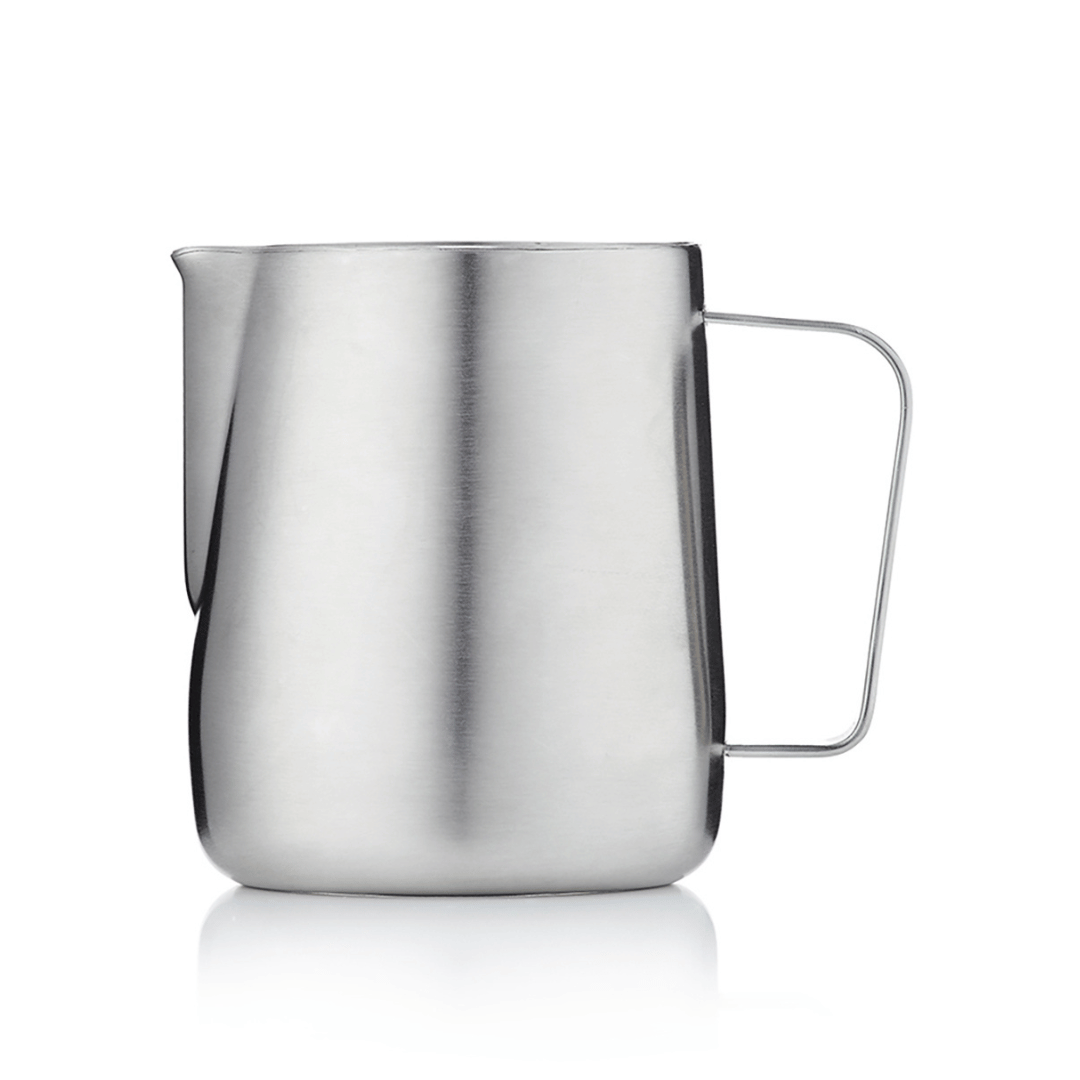
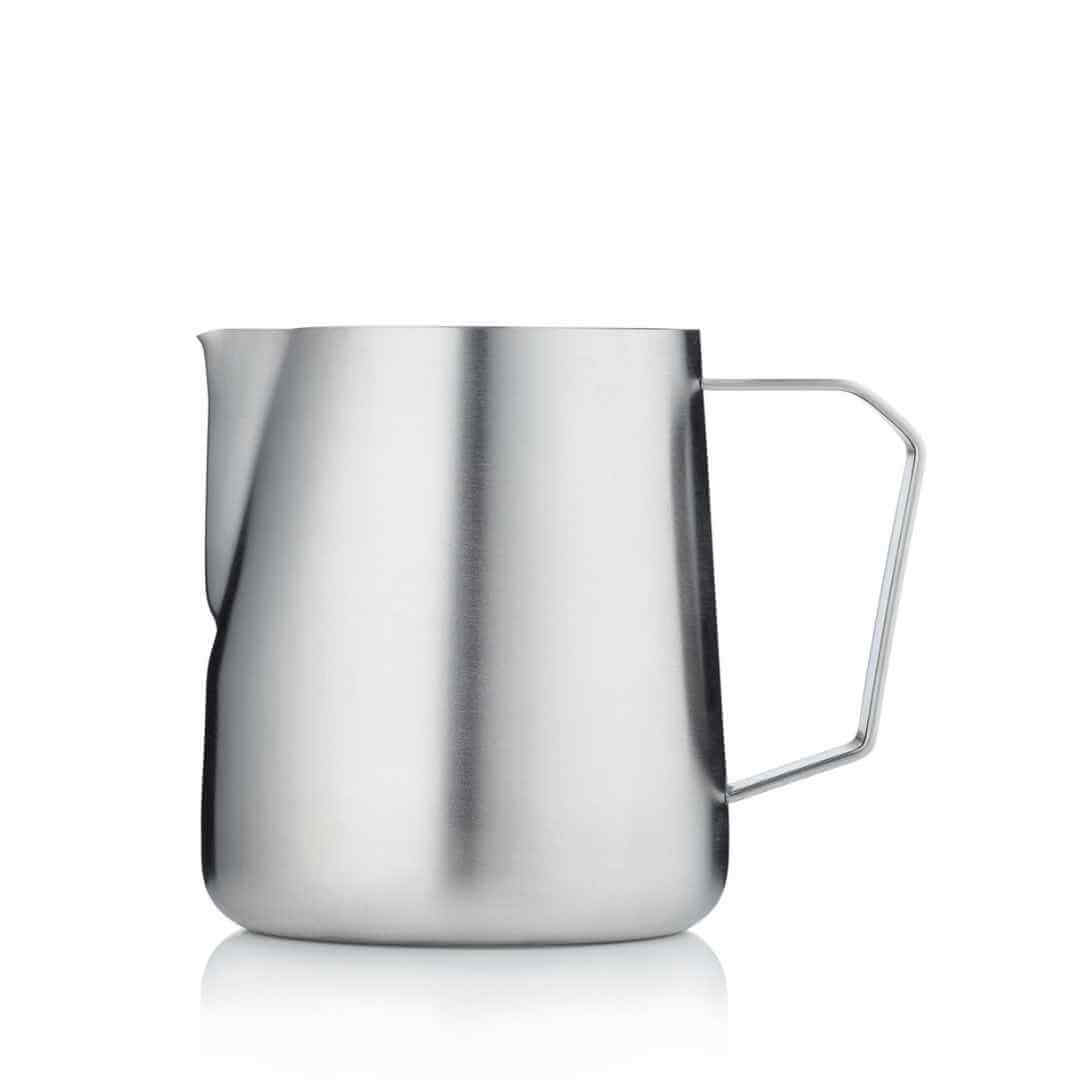
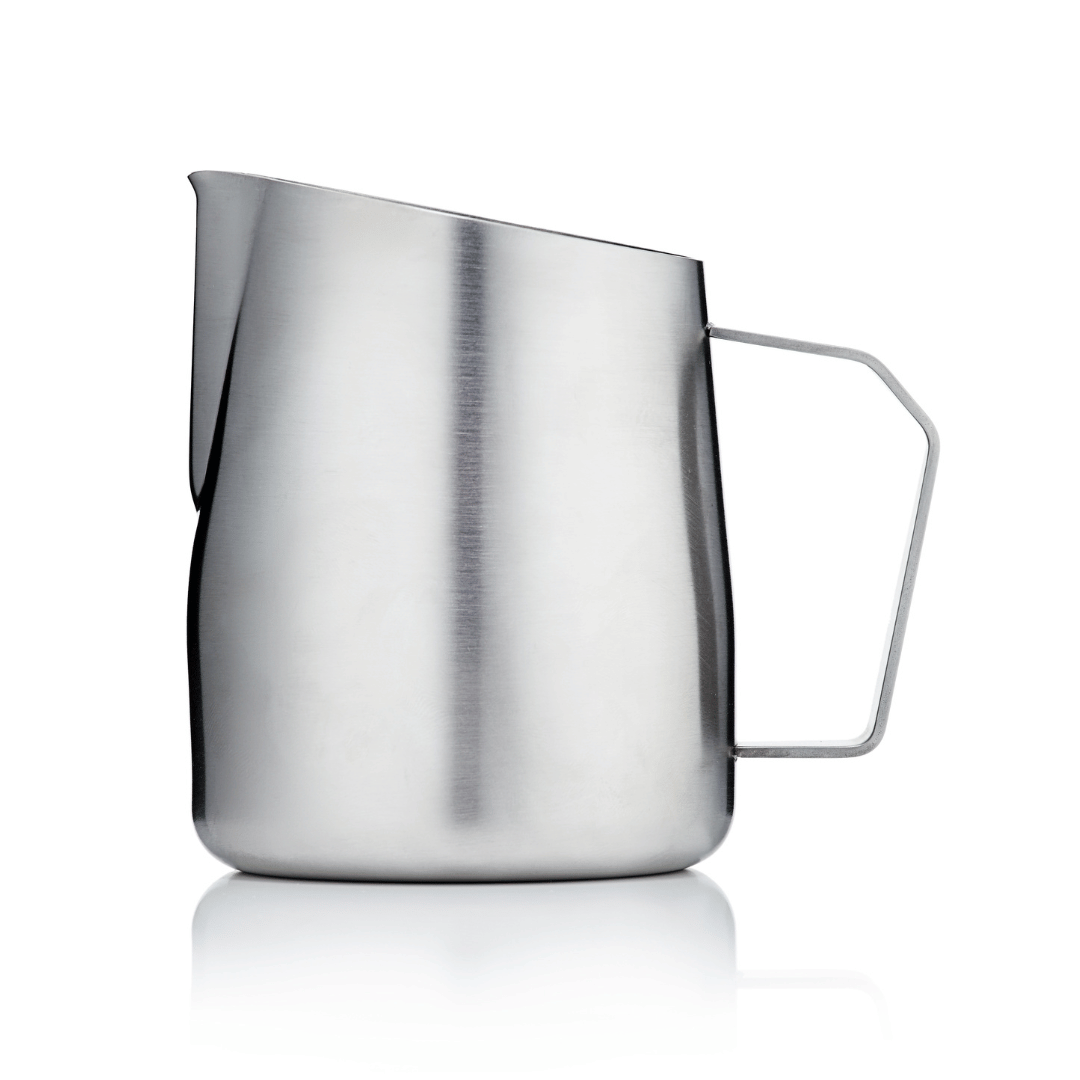
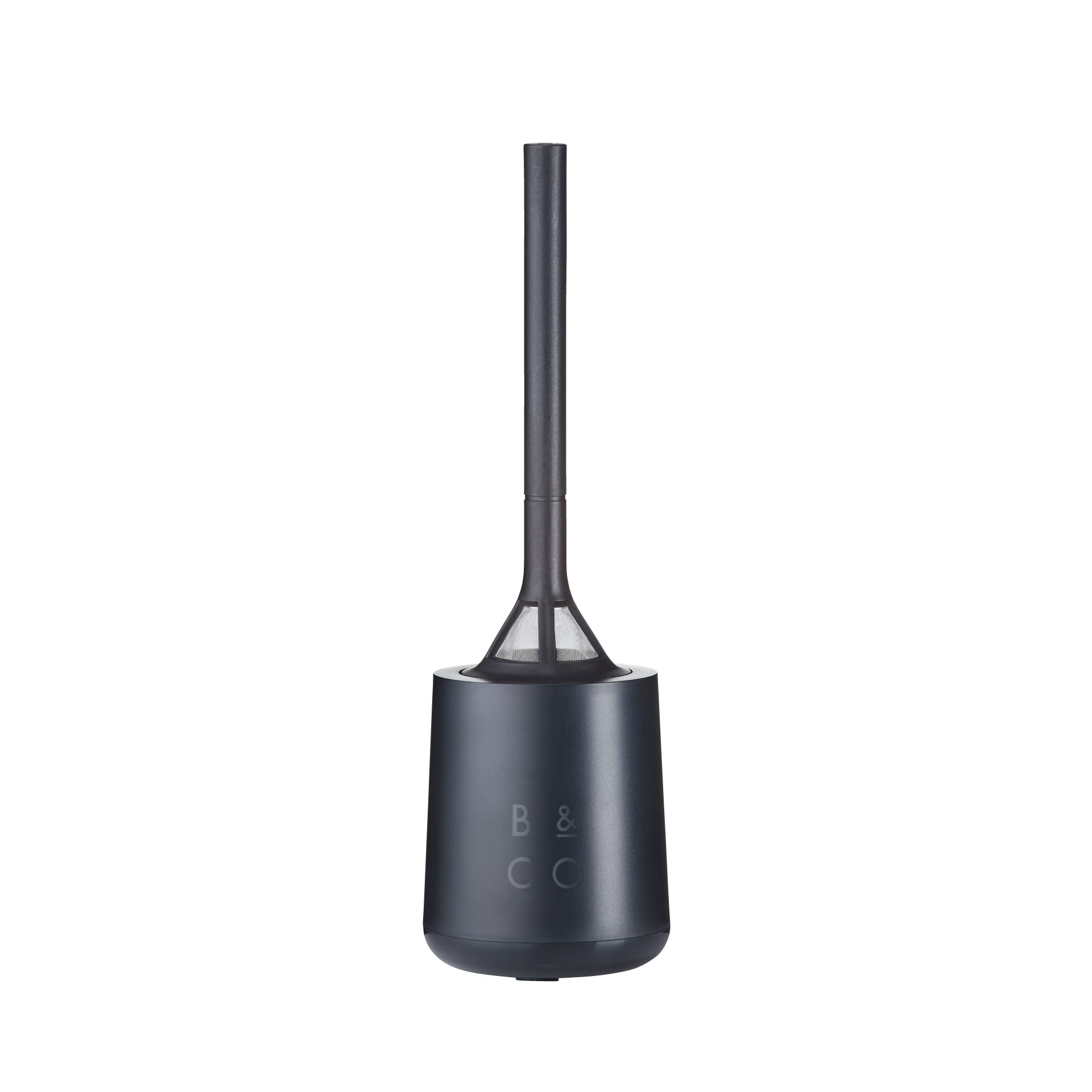
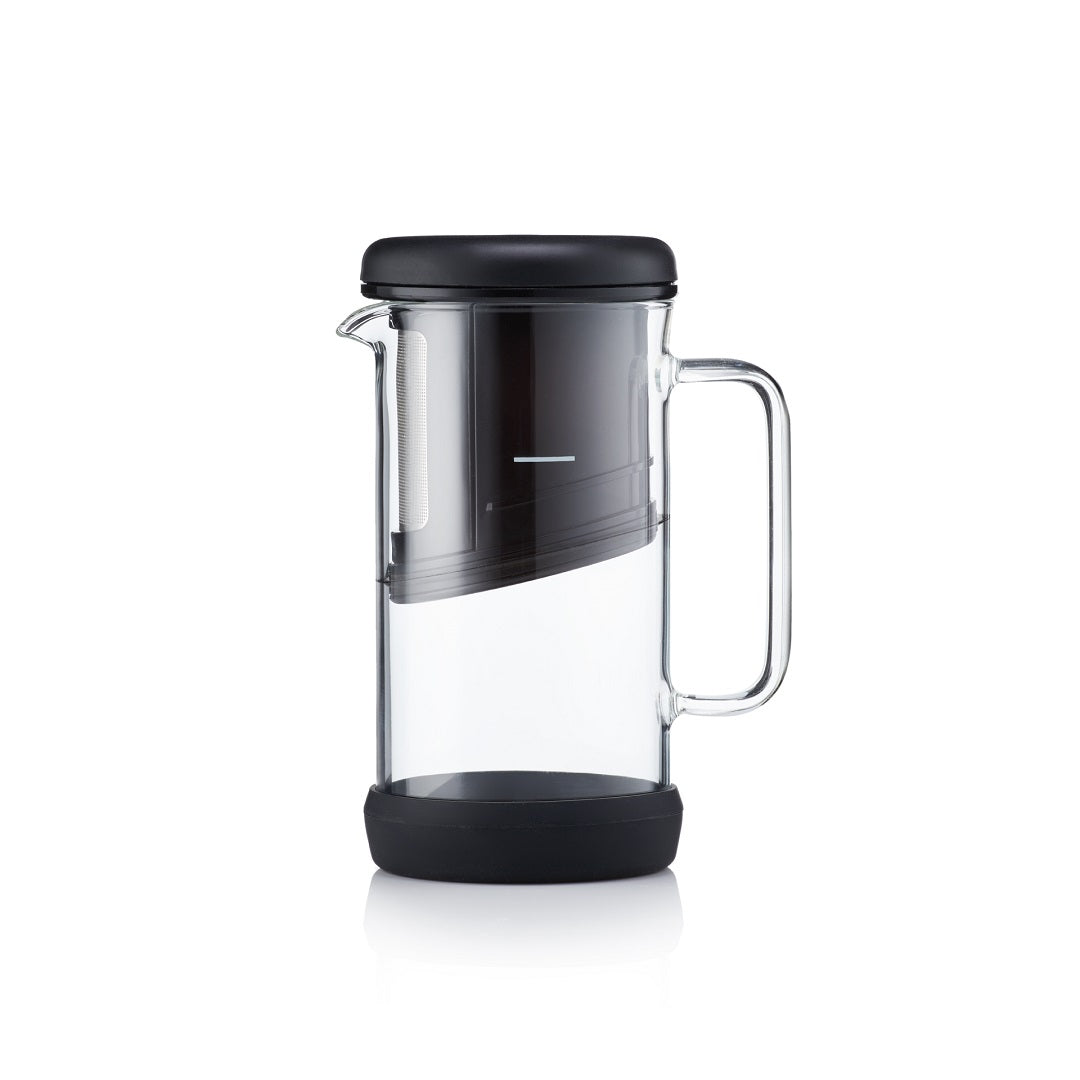
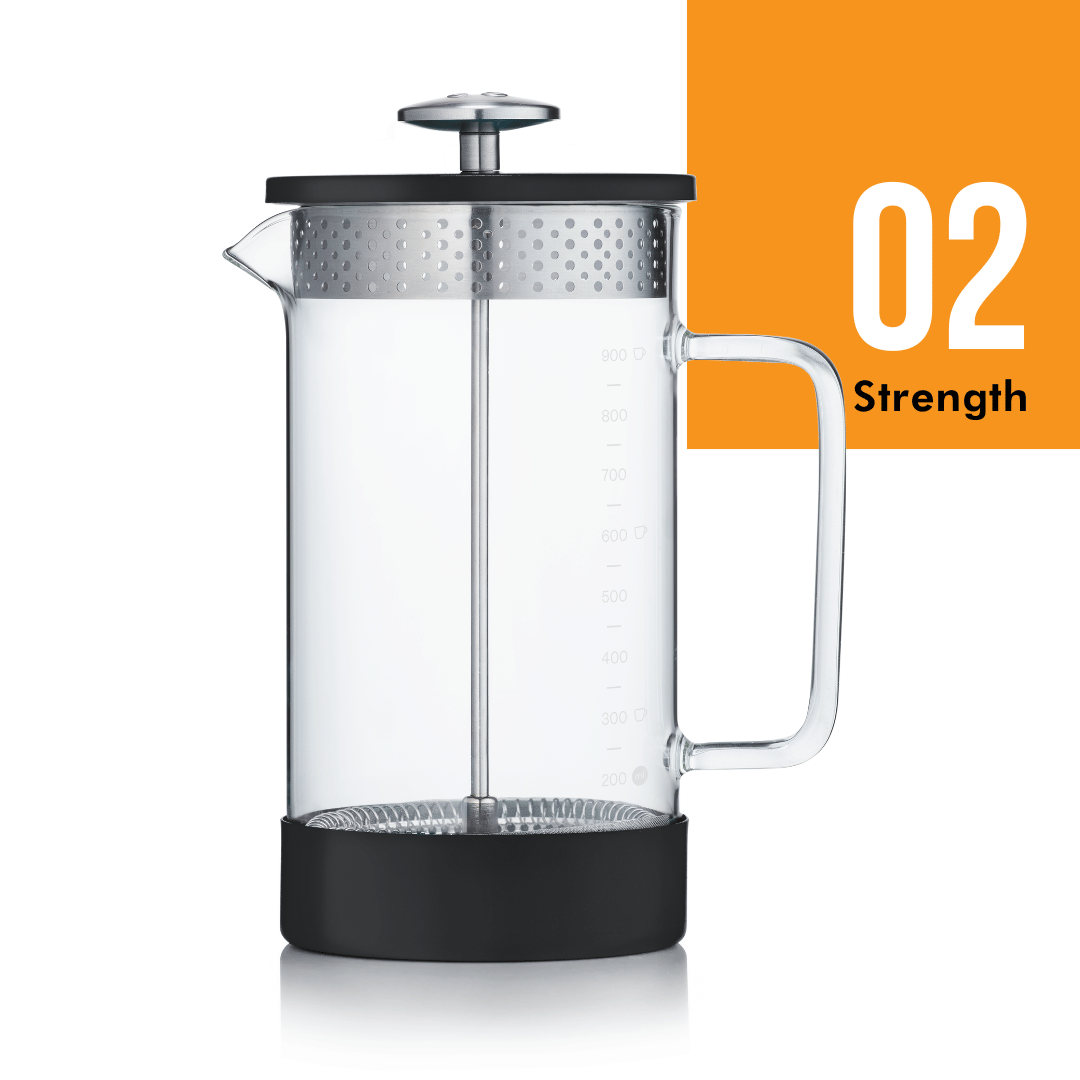
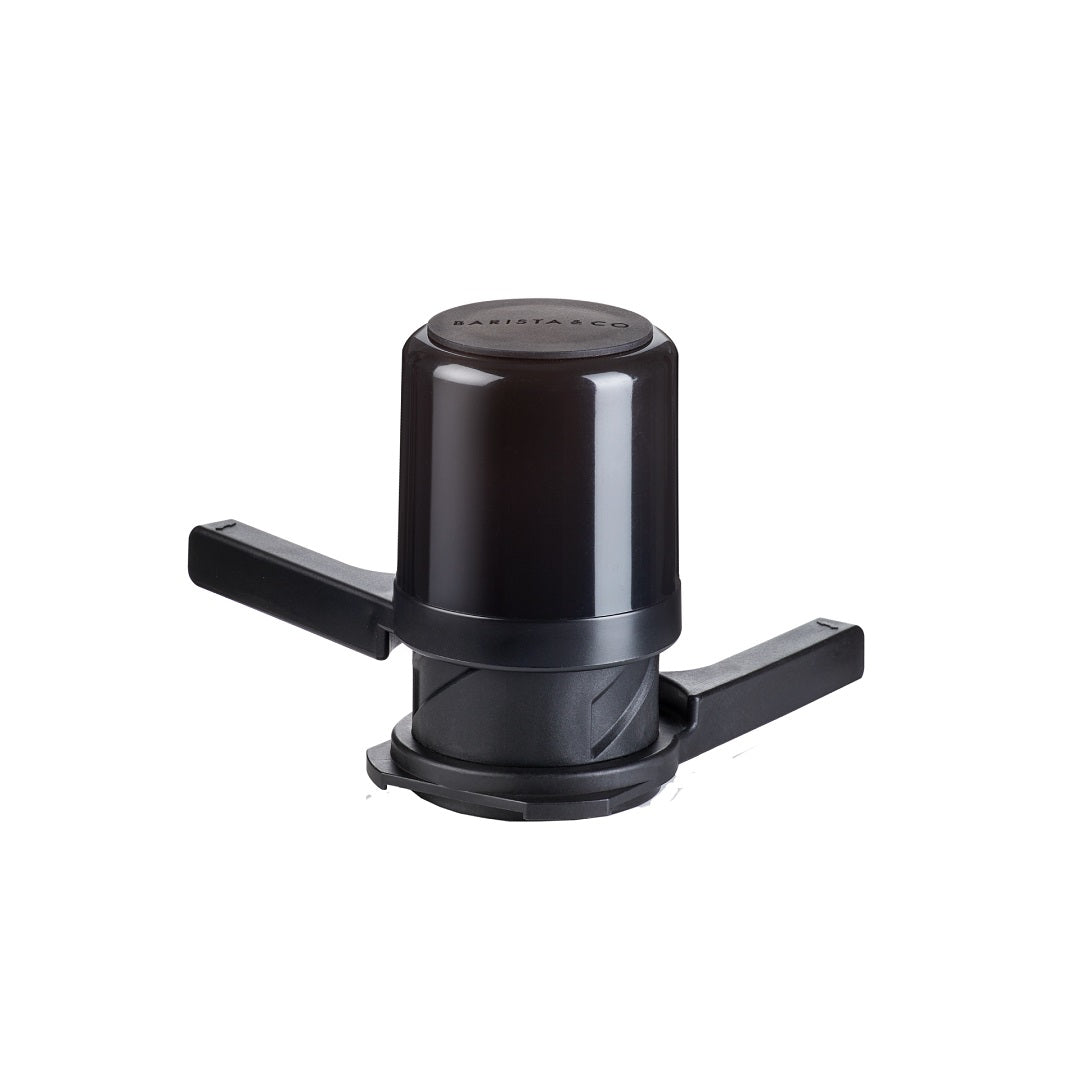

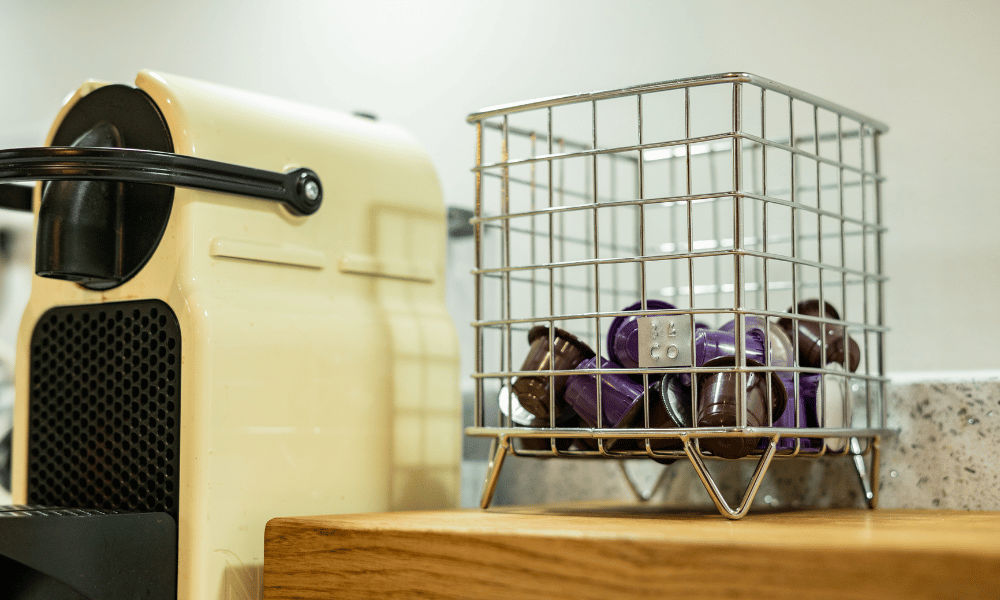



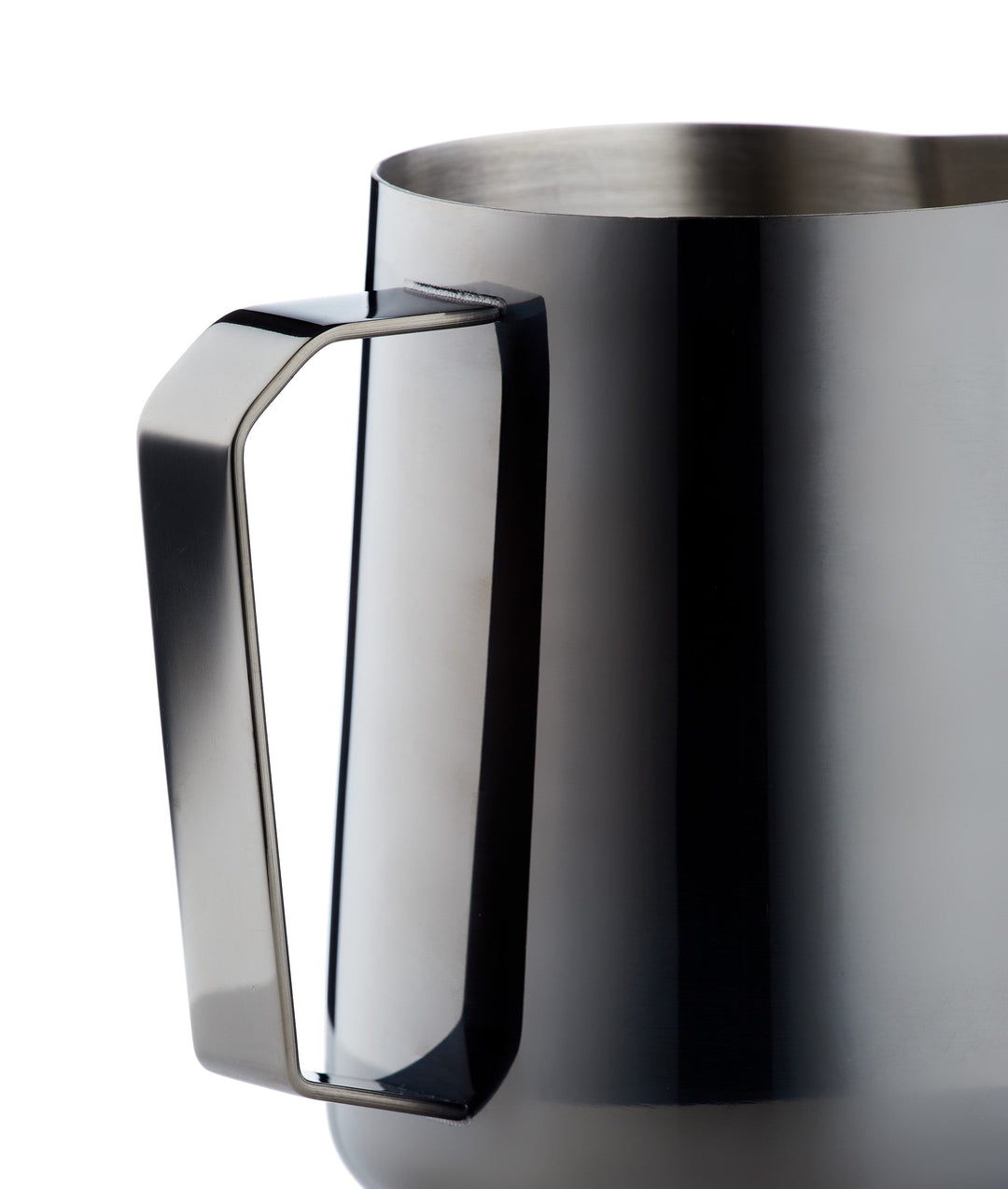

Leave a comment